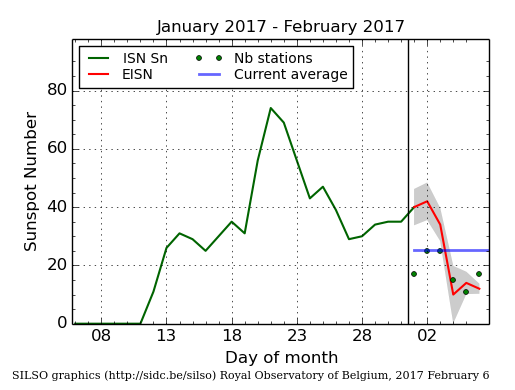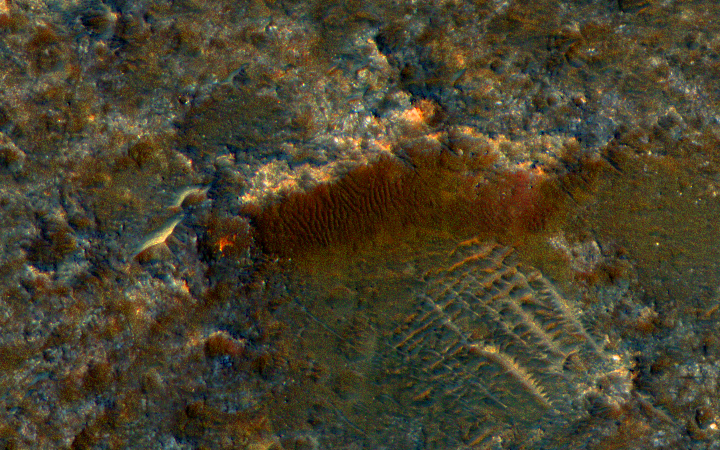EPA employees protest Trump pick for agency head
The law is such an inconvenient thing: In direct violation of the Hatch Act about 30 EPA employees joined a Sierra Club protest of Trump’s pick to head the EPA, Oklahoma Attorney General Scott Pruitt.
In Chicago, around 30 employees of the EPA’s regional office there joined a protest organized by the Sierra Club environmental group and the American Federation of Government Employees to protest Pruitt’s nomination.
Doug Eriksen, a spokesman for Trump’s transition team at the EPA, downplayed the Chicago protest, saying “employees have a right to take action on their private time.”
When I worked for the FAA it was made very clear to me that the Hatch Act made it illegal for any government employee to participate in partisan political activities. Your freedom to vote the way you wished was not denied, nor was your general freedom of speech, but it was considered a clear conflict of interest to engage in political activities, especially activities that might put you in conflict with the policies of the President and his administration, your boss. These EPA employees are violating that law.
I suspect the reason the Trump administration is not very bothered by this is because they intend to cut the staffing at the EPA significantly, which means many of these people will be gone anyway. No need to get into a legal battle with them.Trump will propose slashing the EPA’s budget, the Republican Congress should gladly go along, and these partisan Democratic Party operatives with this government agency will be gone.
The law is such an inconvenient thing: In direct violation of the Hatch Act about 30 EPA employees joined a Sierra Club protest of Trump’s pick to head the EPA, Oklahoma Attorney General Scott Pruitt.
In Chicago, around 30 employees of the EPA’s regional office there joined a protest organized by the Sierra Club environmental group and the American Federation of Government Employees to protest Pruitt’s nomination.
Doug Eriksen, a spokesman for Trump’s transition team at the EPA, downplayed the Chicago protest, saying “employees have a right to take action on their private time.”
When I worked for the FAA it was made very clear to me that the Hatch Act made it illegal for any government employee to participate in partisan political activities. Your freedom to vote the way you wished was not denied, nor was your general freedom of speech, but it was considered a clear conflict of interest to engage in political activities, especially activities that might put you in conflict with the policies of the President and his administration, your boss. These EPA employees are violating that law.
I suspect the reason the Trump administration is not very bothered by this is because they intend to cut the staffing at the EPA significantly, which means many of these people will be gone anyway. No need to get into a legal battle with them.Trump will propose slashing the EPA’s budget, the Republican Congress should gladly go along, and these partisan Democratic Party operatives with this government agency will be gone.








